
There’s something really neat going on in this issue of The Avengers. It’s a throwback, which is something we see quite a bit, admittedly—new stories always like to tap into the golden age of Marvel—but it’s done in a way that feels entirely current and smartly relevant. Over the past two or three years especially, the Avengers have undergone several dynamic changes to the overall roster. Whether they liked these changes or hated them, fans have always reacted passionately.
With The Avengers #3.1, Mark Waid takes us back to the first—and possibly still biggest—roster change in the comic’s history. The story is set just after Captain America fills out the new team with Quicksilver, Scarlet Witch and Hawkeye. We get reactions from the people on the street and they’re less than positive, as they think that Hawkeye’s a criminal and the twins are mutant terrorists.
The mysterious Avenger X starts to use these criticisms to make the heroes doubt each other, which is fun kind of in-joke to point out that people have always been upset with roster changes. It’s also a bit of a more poignant thing, too, to allow the reader to actually see how that makes the characters doubt themselves and their teammates.
Unfortunately, the structure of this issue is a little hard to swallow. It starts off with an adventure involving an attack by the Thinker that feels like it could easily have taken up the whole story, and we kind of expect it to. But then he’s defeated and the book just moves onto the next thing, and the next. There’s a larger plot that’s revealed as it goes on that only starts after the Thinker’s defeat, and it’s definitely something that could have happened sooner.
I get that the opening battle is done mainly to build-up Avenger X, but it goes on far too long to simply be a cool intro. On the other hand, this sequence does have some great cameos by Spider-Man and Daredevil that are a lot of fun. Still, the main plot could have been introduced earlier and peppered throughout the issue. For the most part, it revolves around the idea that somehow Avenger X has been enhancing the team’s powers. Quicksilver’s much faster, Wanda’s much more powerful in general and Hawkeye—well, he fires arrows faster, by the sound of it. They’re not really questioning how it’s happening, either, which makes the ultimate reveal all the more shocking.
Overall, Barry Kitson’s art is strong here, especially because it helps the book nail the feel of the retro piece it’s trying to be. Although it’s certainly a product of the digital age, Kitson’s style definitely has the basic look and feel of early Marvel, especially during the action sequences. It’s dynamic and nostalgic at the same time, and while it falters a bit in a few of the close-ups, including one scene with Captain America in particular, it’s definitely strong on the whole and makes for exciting adventure.
Structural issues aside, The Avengers #3.1 stands as another enjoyable outing for the series, one that should have fans eager to see what comes next.


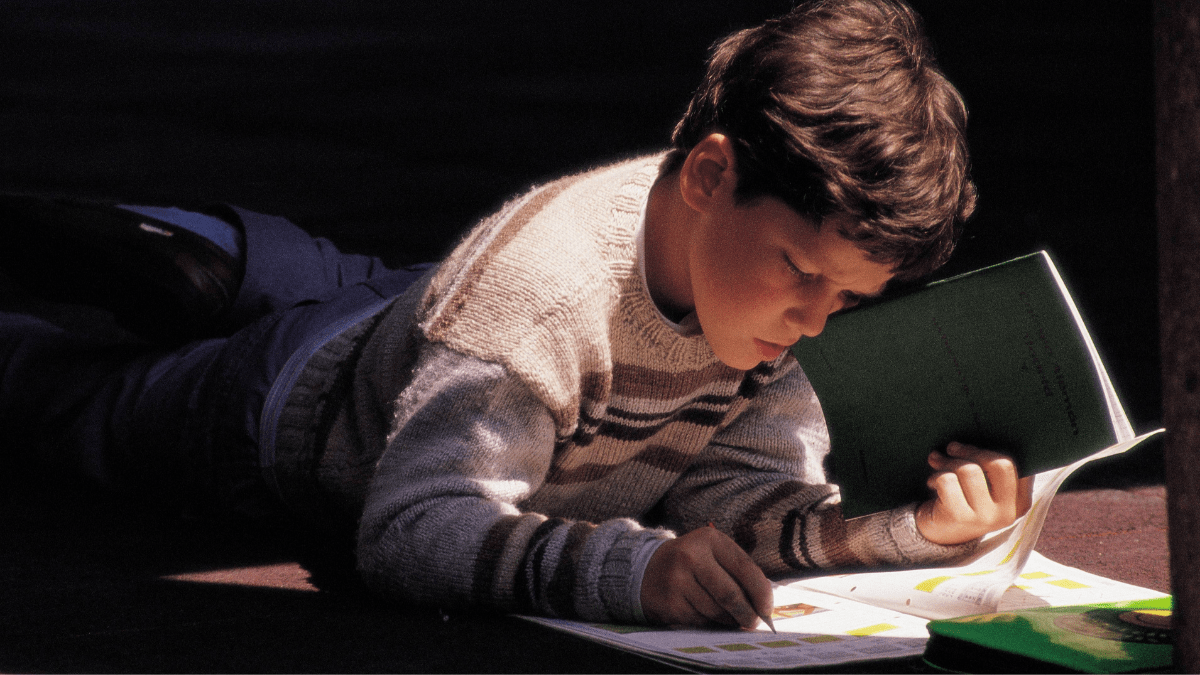
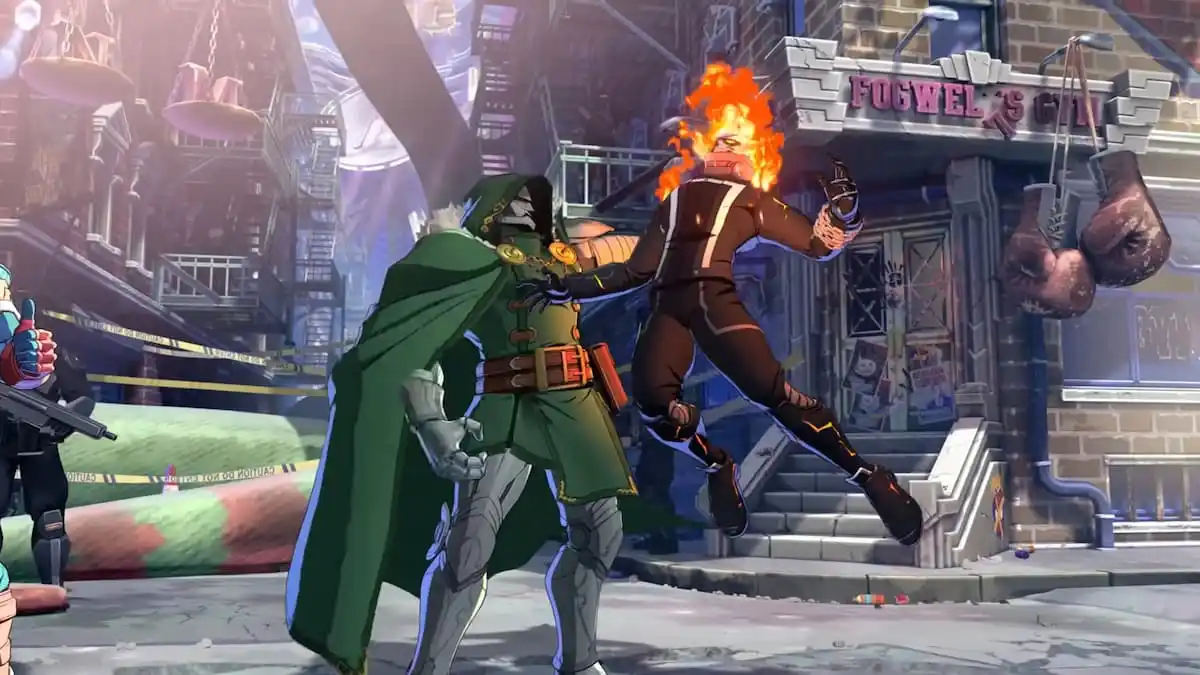
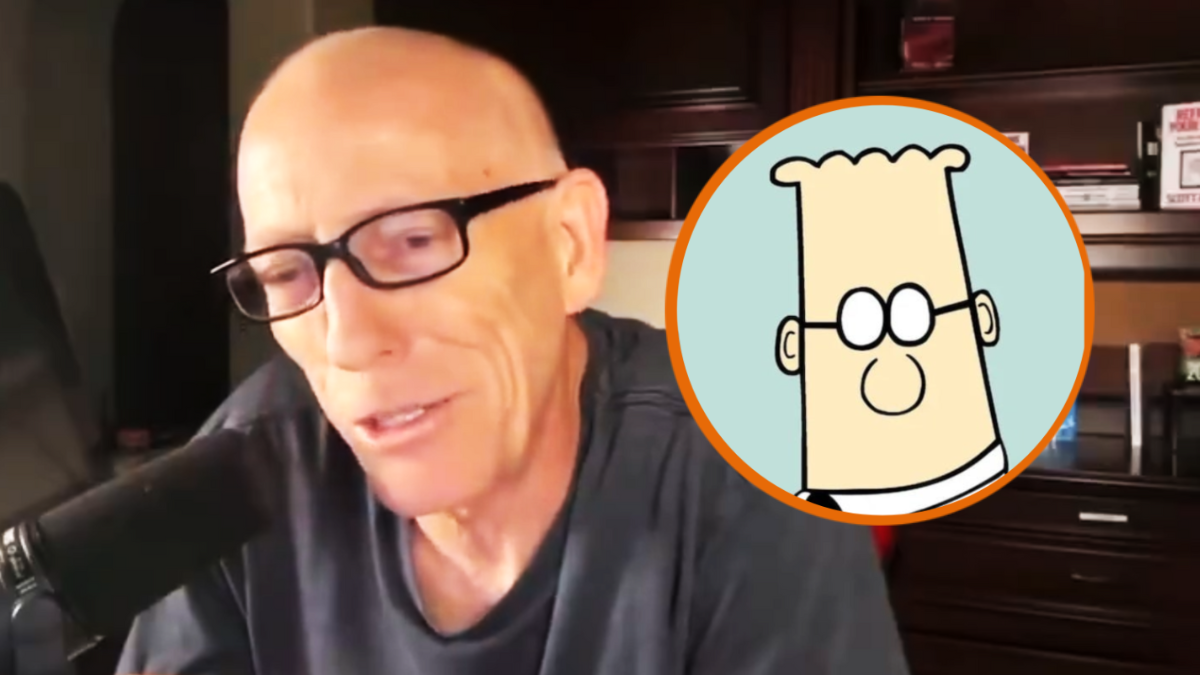

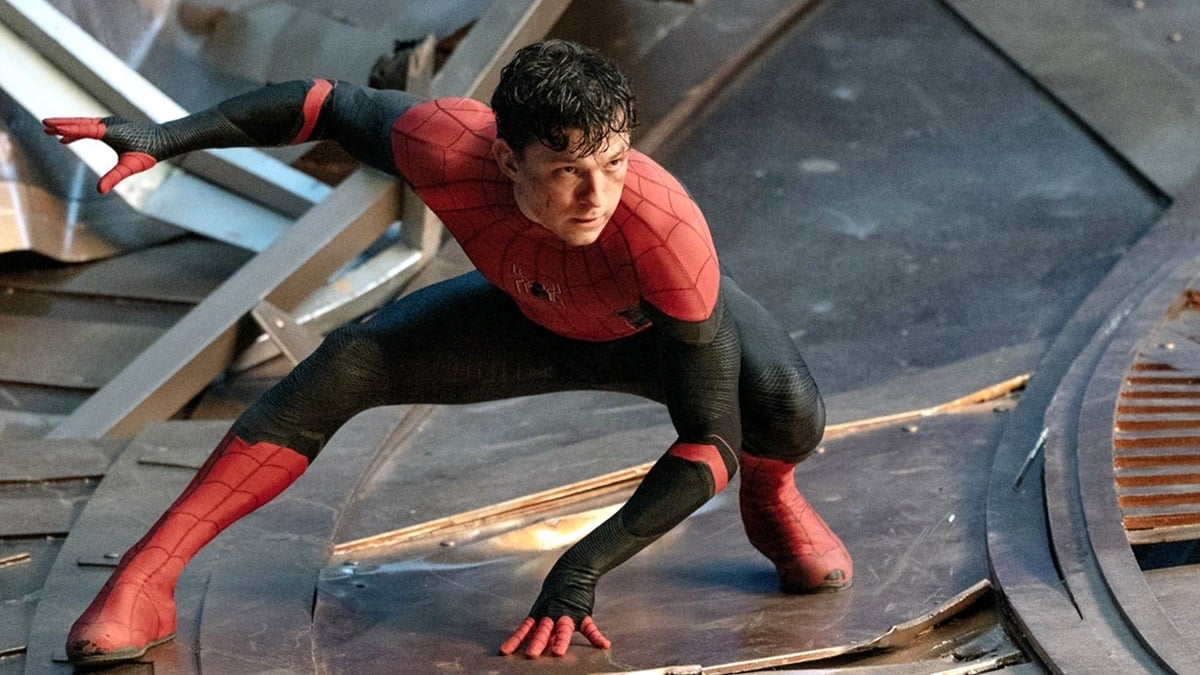
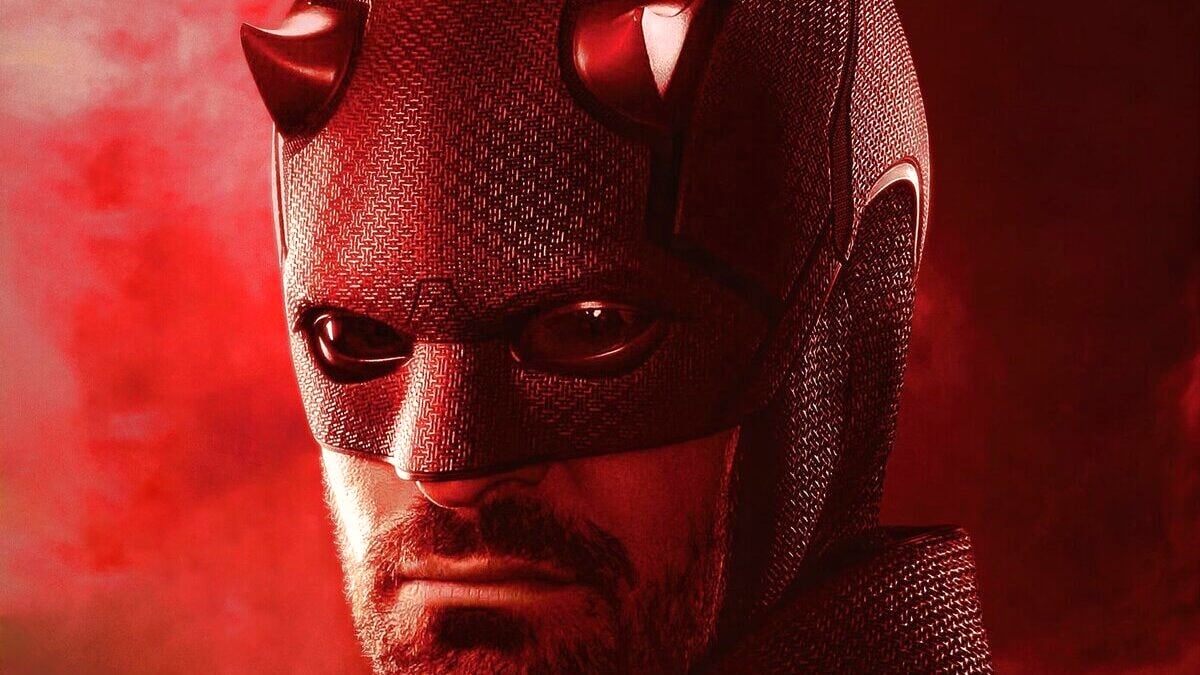
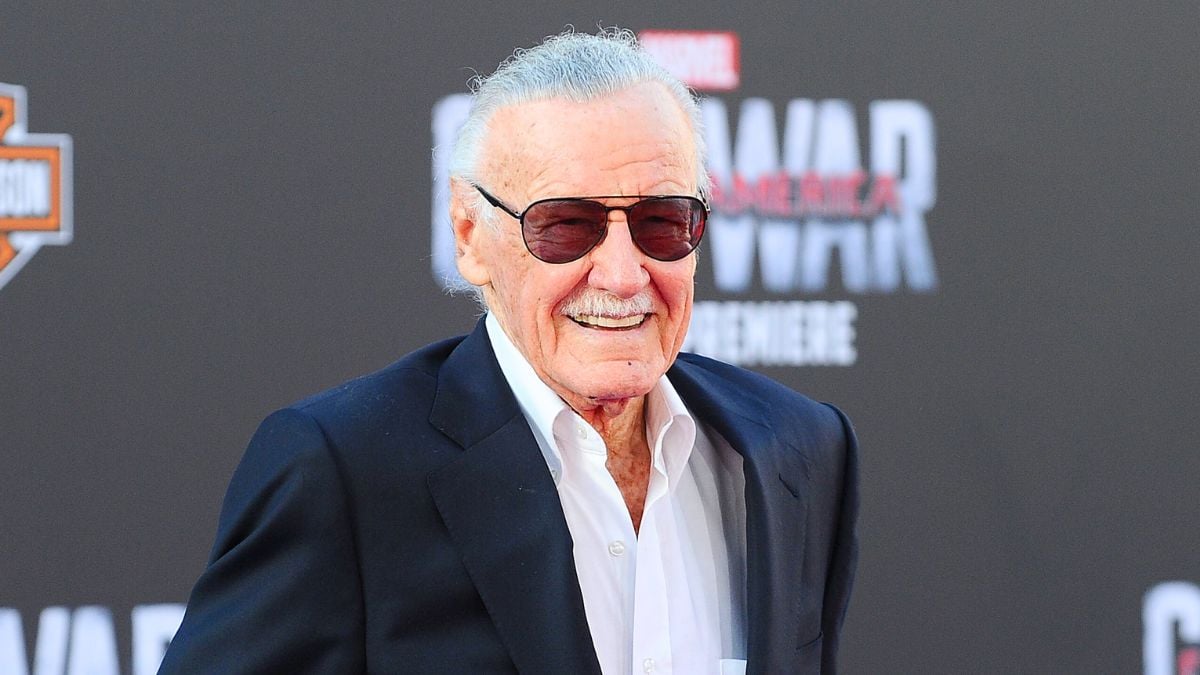
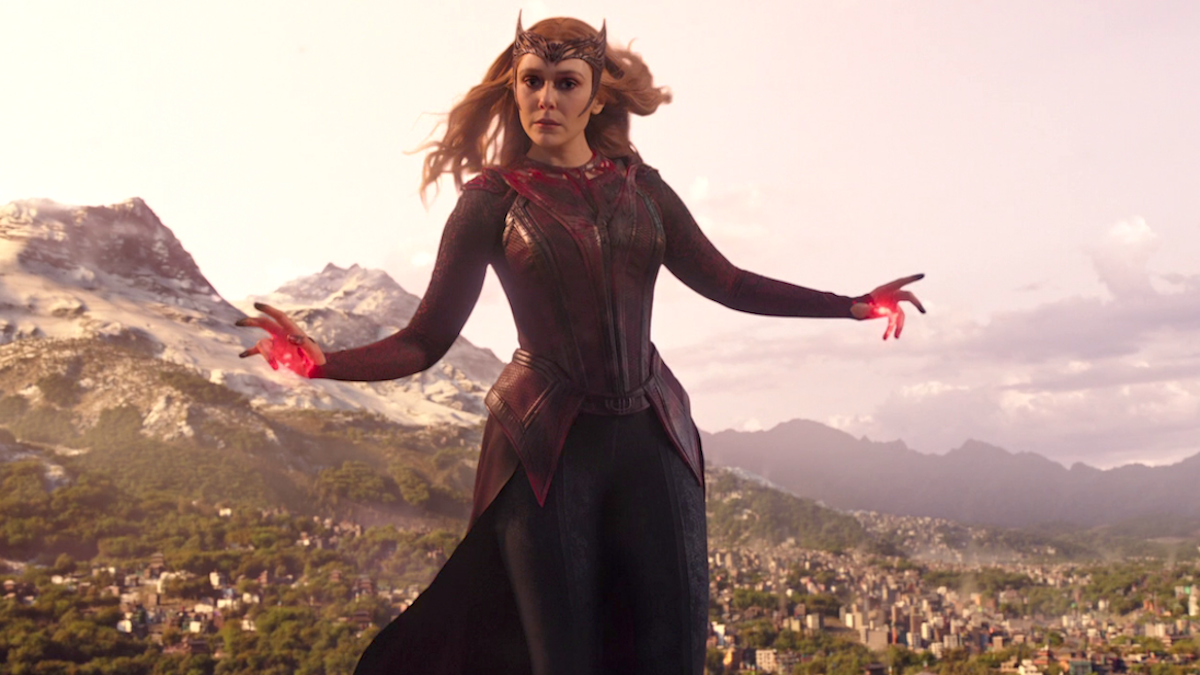
Published: Jan 18, 2017 04:53 pm